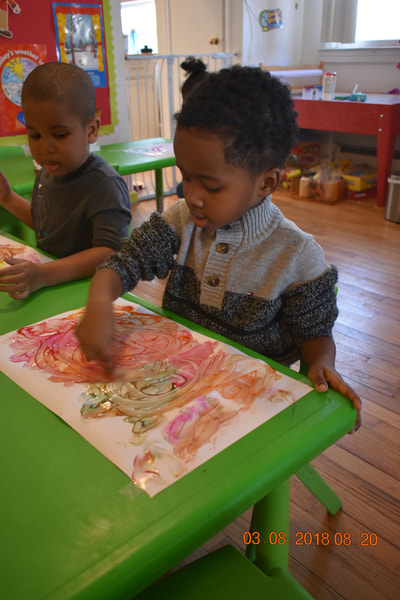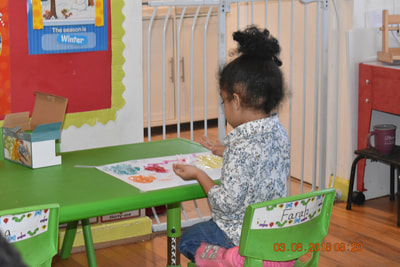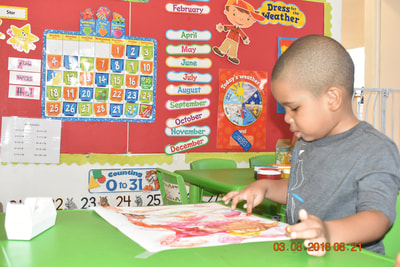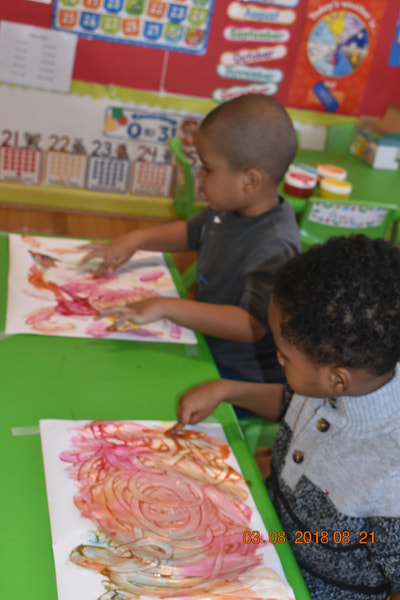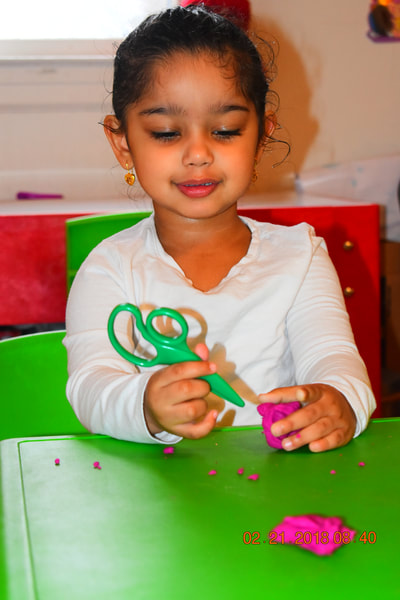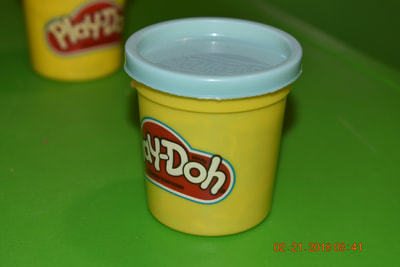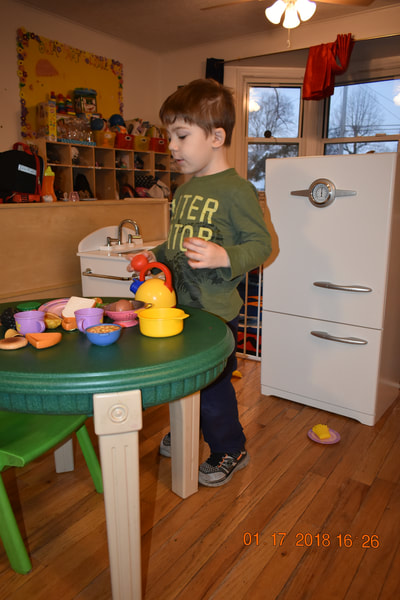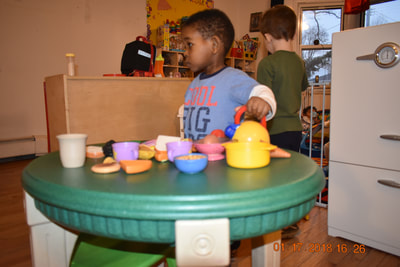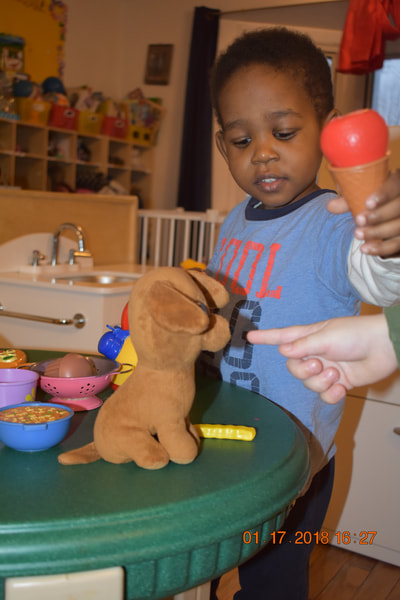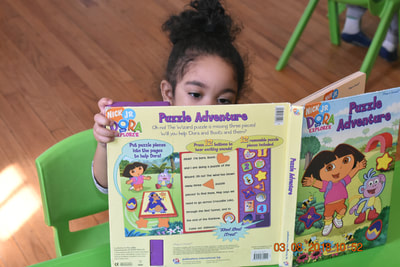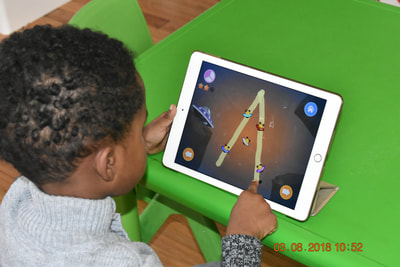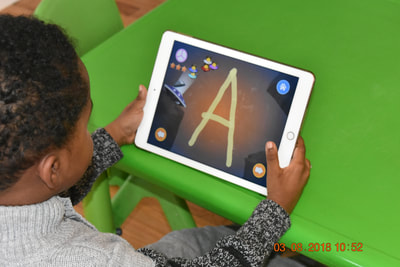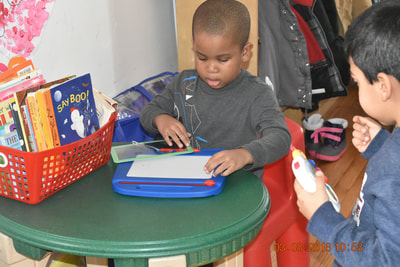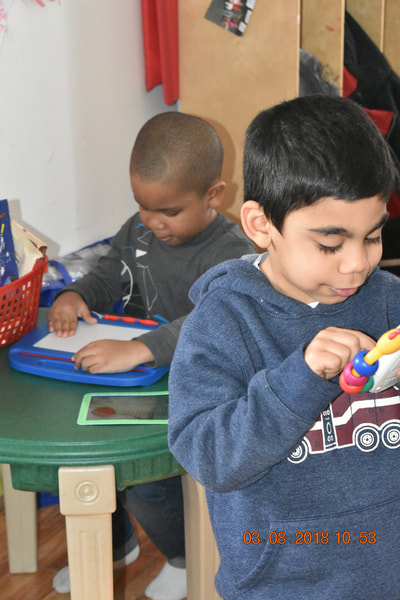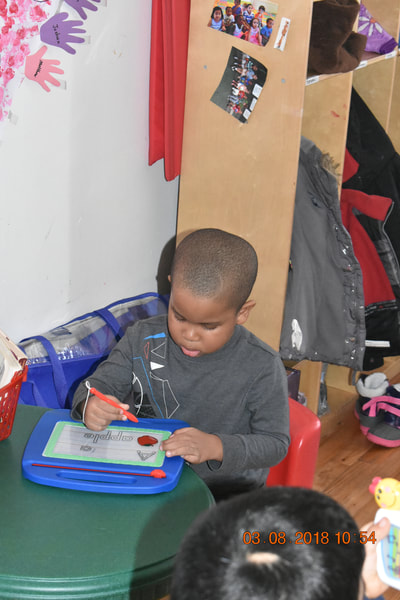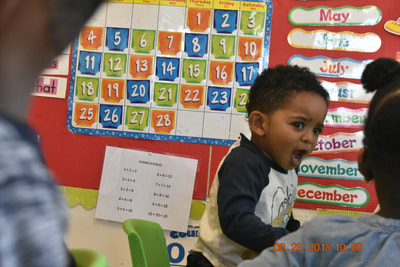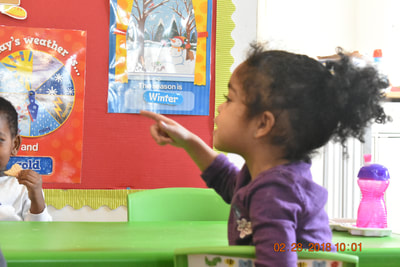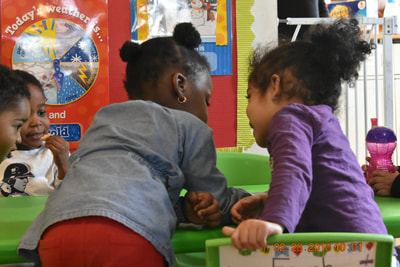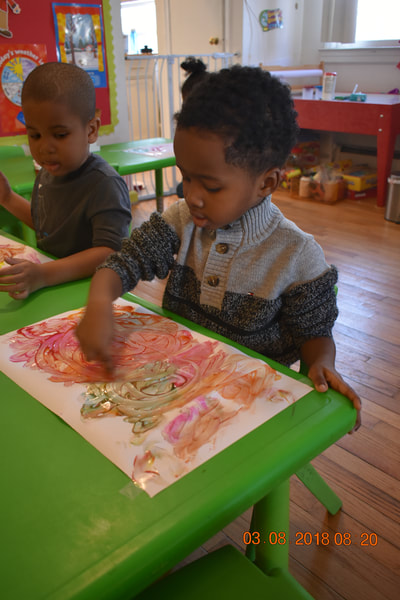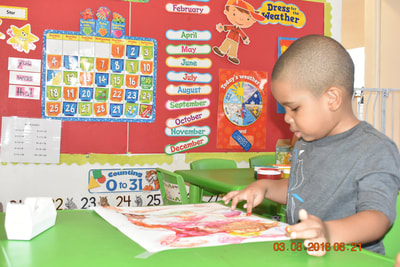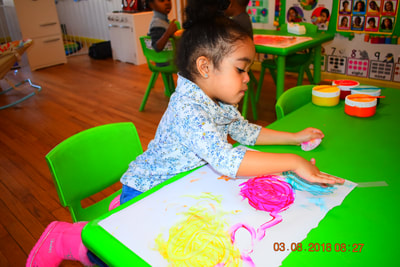Approaches and Teaching Methods in Early Childhood EducationThe High/Scope Program – Plan-Do-Review Process High/Scope provides a wide, realistic educational experience geared to a child's current stage of development, to promote the correct way of learning necessary to get best out of the early intellectual and social skills. In a High/Scope classroom, students are engaged in learning ‘centers’, including building, dramatic play, math, reading, music, writing, science, and motor development. A typical day would demonstrate a three-part process: “Plan-Do-Review.” Beginning with planning, the class and teacher discuss and create plans for a certain play period. Children go about their various activities, (Do) while teachers observe and offer support. The “review” process takes place after the play period, where students and teachers gather to discuss what they have found. This helps children understand their own actions, and enables connections between action and language. Children’s work is proudly displayed on the walls of the classroom. Waldorf Schools – Hands-On Exploration Created by Rudolf Steiner in 1919, Waldorf's main objective is to educate the whole child — “head, heart, and hands.” Children in Waldorf schools are allowed to remain ‘childlike’, because of the belief that there is a time for every phase of development, and that children should not receive formal education until after the age of 7. Learning is hands-on, and received through cooking, art projects, storytelling, singing, puppet shows, dress-up, and play. The teacher stays with the same group of children from preschool through eighth grade. The focus in the Waldorf classroom is on sensory exploration and self-discovery rather than formal instruction and merit, helping children develop a sense of compassion and responsibility. The use of electronic media, especially TV, by young children is highly discouraged in Waldorf schools. Reggio Emilia Schools – Classroom as the “Third Teacher” Loris Malaguzzi, founded the Reggio Emilia approach at the Italian city of the same name. The Reggio approach fosters intellectual development through a focus on symbolic representation. The primary curriculum is in-depth project work based on the interests of the children. Children are encouraged to express themselves through ‘natural languages’, including drawing, painting, working in clay, sculpting, constructing, conversing, and dramatic play. In a Reggio Emilia school, educators pay close attention to the look and feel of the classroom, which is often referred to as the “third teacher.” The goal is to create a room that is beautiful, joyful, inviting, and stimulating. Teachers document the children’s discussions, remarks, and activities through notes, videos, and photographs. This makes learning visible and helps parents to understand what their children are learning; teachers get to know the children better; and children see that their work is valued. Bank Street Approach – Learning by DoingJohn Dewey, his theory of ‘learning by doing’ influenced this developmental approach. The focus of Bank Street preschools is on a child’s mental, social, emotional, and physical growth. In these programs, the child is an active learner and gains knowledge about the world through experience. Students set the learning pace, and the teacher serves as a guide. Bank Street approach teaches lessons through hands-on activities, such as building blocks, puzzles, clay, and dramatic play. Which Educational Philosophy Is Best? Here we use a combination of The High/Scope Program and The Bank Street Approach. We like to watch each child individually and decide which learning method works best for that child. Since we are a small group of children, it is much easier to tailor the educational philosophy for each specific child. That's what makes us a little different from the rest! Parents should consider the following to help choose what's best for your child.
0 Comments
BENEFITS OF FINGER PAINTING INCLUDE:
|
Details
AuthorHi my name is Margo; I've lived in Valley Stream for over 15 years. I am the loving and very, very proud mother of one amazing 18 year old son, Isaiah. Thankfully, I am able to live my dream of caring for and nurturing young children. Archives
January 2019
|
